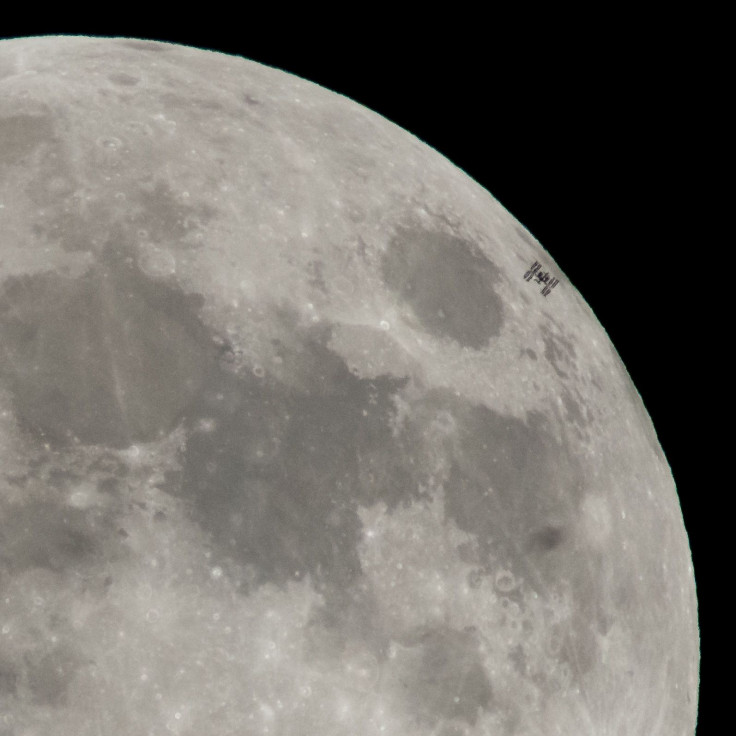Full Buck Moon 2021: Don't Miss The July Full Moon This Week
KEY POINTS
- This month's full moon will be on Friday
- One of its traditional names is the "Buck Moon"
- Skywatchers may also catch a glimpse of other celestial objects
Skywatchers should watch out for the Full Buck Moon as the next full moon is set to grace the skies this week. They can even catch a glimpse of Jupiter and Saturn, too.
This month's full moon will be on Friday at 10.37 p.m. EDT, but it will appear full for about three days starting from Thursday night until Sunday morning, NASA said. This means those who like to catch a glimpse of it would have more than enough time to do so.
Just like the other full moons, this one has a lot of names, including the "Buck Moon." This pertains to the time of the year when bucks push out new antlers from their foreheads. Bucks tend to shed and then regrow their antlers every year, growing bigger and "more impressive" ones each time, The Old Farmer's Almanac explained.
Other names for the event include "Salmon Moon," "Feather Moulting Moon," "Month of the Ripe Corn Moon," the "Moon When the Chokecherries are Ripe," "Halfway Summer Moon" and "Thunder Moon."
Other things to see with the Full Buck Moon
Although this isn't a supermoon, as the Strawberry moon in June was said to be the last one for 2021, the Full Buck Moon is still worth watching. Apart from the natural beauty of our planet's satellite, those who will come out to see it may also catch a glimpse of the planets Jupiter and Saturn as they will appear to be following the moon across the sky.
Both of these gas giants are easily visible even with the unaided eye. So, skywatchers can follow the moon to find them in the sky, EarthSky explained.
Those waiting to watch the full moon should come out a little earlier as July sunsets also bear a special gift for skywatchers: Venus. The planet is called either "the Morning star" or "the Evening Star" depending on when it will be visible, NASA said. This month, those who would like to see it can do so about half an hour after the sunset.

© Copyright IBTimes 2025. All rights reserved.






















